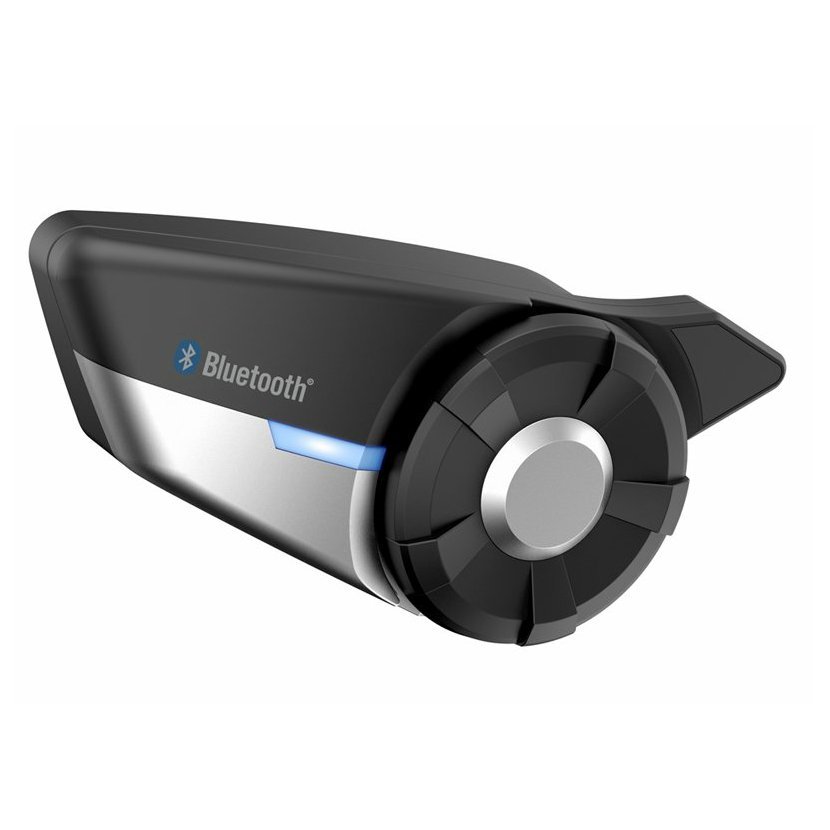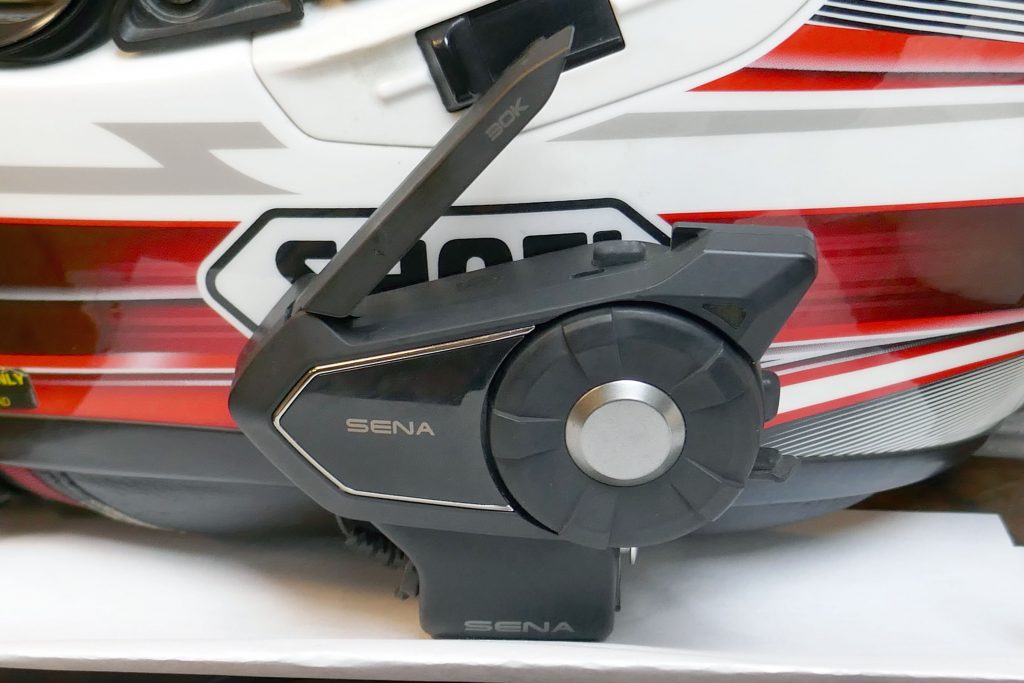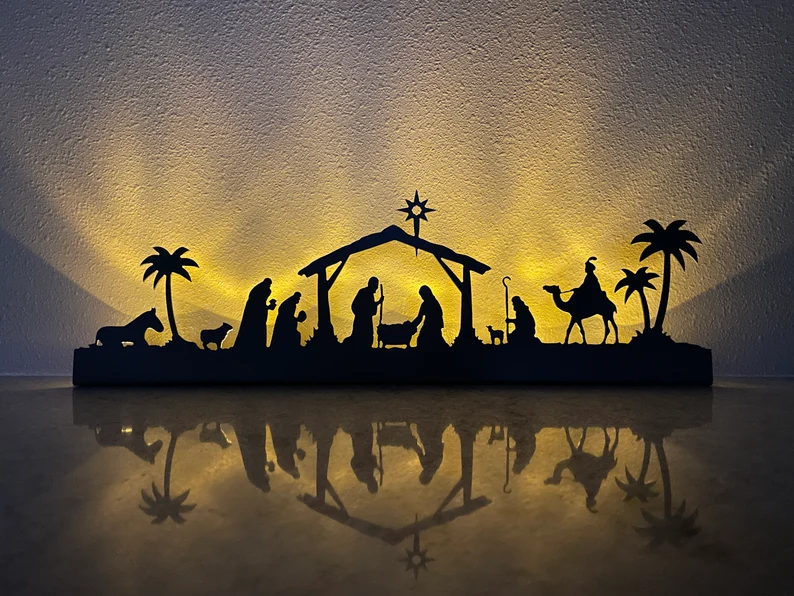Sport Touring Corner – Bluetooth Communicators Part 2
By Norm Kern
Last month we talked about bluetooth headsets and how they interface with phones, mp3 players and GPS units. This month is about using bluetooth headsets for intercom communication between riders.

Unlike two way radios where you have to push a button to talk and only one can speak at a time, once the intercom is on you have hands free two way communication for as long as you wish, just like a phone conversation.
Two Riders
Just like setting up your phone and GPS, using bluetooth intercom with other riders begins with pairing. Both units are placed in intercom pairing mode and allowed to connect. Once this has been done, either rider can tap their jog dial one time to toggle the intercom on and off.
Intercom between two riders has good clarity and noise suppression. You can leave it on all day and converse whenever you wish. Range is amazing considering the low power levels of the technology. In open rural terrain, range of over a mile is not uncommon.
Three or four Riders
Can you add a third person? Sure. Each headset has the capability to simultaneously connect with two other users. (Think of the lead rider as #1 and other rider already paired above as #2.) Next, Rider #2 and Rider #3 pair. A fourth rider can pair with #3 to complete a group of 4.
I always do pairing in the physical order people are going to ride in. That way the people in the chain who are directly connected are closest to each other. Here’s how it works:
Once we are paired, Rider #1 taps once to connect to #2. #2 taps once to connect to #3. #3 taps once to connect to #4. If riders get separated while on the ride, anyone can tap once to re-connect to the rider behind them or twice to re-connect to the rider in front of them. This way it’s the same procedure for all riders and using the same procedure every time makes it easy to remember.
Staying connected
In our four rider example, we have a daisy chain- only riders adjacent to each other communicate directly. When rider #1 says something, it’s transmitted to #2, who re-transmits it to #3 and #3 re-transmits it to #4. If any pair of riders gets too far apart, obscured by a hill, etc, it breaks the chain. If the break only lasts 15 seconds or so, it reconnects as soon as they are back in range. If the break lasts too long, one of the two riders involved must tap their jog dial to reconnect.
Let’s say rider #2 gets too far behind, loses contact with rider #1, makes a wrong turn, but riders #3 and #4 know the correct route and go straight. When they catch up with rider #1, they cannot connect with him, even manually, because they are not paired with him. There are lots of scenarios, but it’s easy to see that BT intercom doesn’t work with larger groups or in situations where the order of riders changes or individuals drop out of the group.
Improving function with three or four riders
The larger the group, the less reliable the system becomes, but here are a few things you can do- riding closer together, turning off GPS prompts and music players and riding in rural areas all help improve communication.
MESH intercom
Mesh intercom technology is intended to solve communication problems, especially for larger groups. With mesh there is no fixed connection pattern between group members- connections between individuals are based on signal strength and reconfigure on the fly to connect as many users as possible. Conventional pairing is not needed.
To begin mesh mode on a BT headset that supports mesh, simply turn on mesh intercom, which starts out in “public” mode. You will automatically connect with every other same brand active mesh unit in range. Mesh participants can then leave, join or rejoin the mesh at any time without affecting the connection between other headsets.

What if you want to limit a mesh session to only the riders in your group? For this use, you can convert a public mesh to “private” mode.
One person in the public mesh group initiates private mode, which broadcasts a message, “Do you want to join a private mesh?” Those who want to do so simply tap their mesh intercom once within 30 seconds. The initiator’s mesh headset receives and saves the ID data of all who join and the data is saved permanently until the private mesh is manually cleared. That includes shutdowns etc. Since mesh is not a daisy chain, users can come and go from the group without affecting it.
Once the initiator has the private group set up, they can keep it permanently if they wish. Everyone just turns on private mode whenever the group gets together and they’re ready to go. New participants can be added as needed.
Will a mesh headset communicate with bluetooth only units as well? Yes. A headset running in mesh mode can simultaneously connect to bluetooth headsets of the same brand.
Battery life
Battery life varies with the brand, model and functions used. Intercom uses more power than GPS or music. Mesh uses more power than bluetooth. Most will run with intercom for six hours or more. If you’re on the road longer than that, put your headset on a charger when you stop for lunch or a break.
Intercom compatibility between different brands
Intercom communication protocols are proprietary to each brand, but all now offer a function called “universal intercom.” This feature was first offered by Sena in 2014. It takes advantage of the fact that all brands of bluetooth headsets work with smartphones.
To pair for universal intercom, one of the two headsets is placed in universal intercom pairing mode, making itself look like a smartphone. The other brand device is placed in phone pairing mode, finds the “phone” and pairs with it. To connect for intercom, the user who set up universal intercom taps their jog dial to initiate the connection. The other brand device thinks it’s getting a phone call, the user answers and we have intercom.
I have used universal intercom, but the feature comes with many limitations.
What brand headset should you buy?
I’m a Sena user and have both their Bluetooth 20s and their 30K bluetooth/mesh model. Cardo is the other major brand. I have several recommendations:
1. First and foremost- standardize on a single headset brand. If possible, getting the same model is even better
2. Four riders max, mostly two or three
Less expensive bluetooth-only models in the Sena or Cardo line will be fine. The more expensive models have longer battery life and greater range.
3. Four or more riders
A mesh system is highly recommended. IMHO the Cardo Packtalk is more mature than the Sena 30K and gets the nod here.
——————————————————————–
Connect with local Ohio MSTA riders at these monthly breakfasts:
Southwest Ohio Breakfast, 9AM February 15
Village Family Restaurant
144 S. Main St.
Waynesville, OH 45068
Central Ohio Breakfast, 8AM, February 2
Portside Cafe
6515 S High St
Lockbourne, OH 43137



